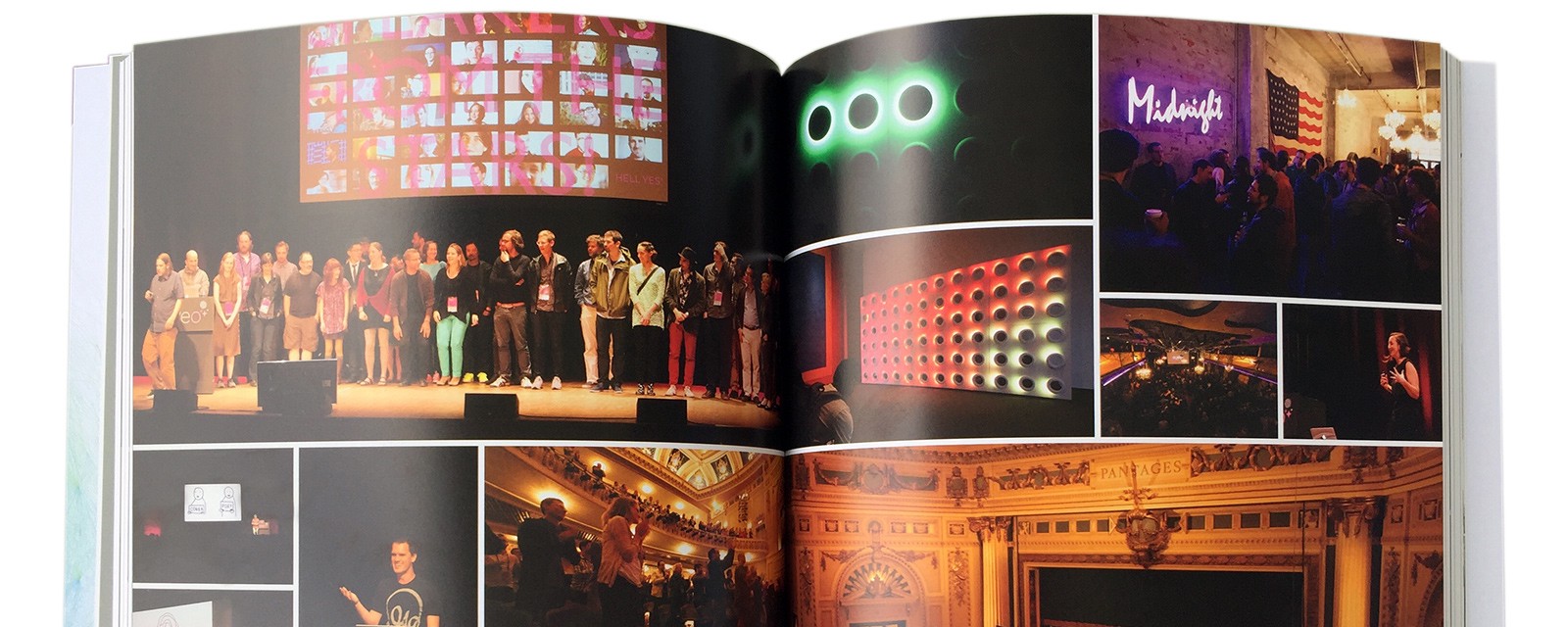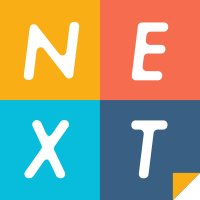

Last week I was in Minneapolis for EYEO festival, a gathering of people who do interesting, creative things with data and technology. I’ve never been before, but I wanted to go for two reasons. The first is that the interface between technology and culture, and how they shape each other, is one of key areas that interests us at How We Get To Next. The second is that it was a chance to meet and hear from some of the people who’ve created work that we’re big fans of–people like Janelle Shane, Manoush Zomorodi, and Teju Cole.
I kicked off the week with a workshop about hand-drawn data visualization, presented by Stefanie Posavec and Giorgia Lupi, who some of you will know as the creators of the Dear Data project. Posavec and Lupi spent a year sending each other weekly postcards that depicted some aspect of their lives in data. The results are now part of the collection at MoMA in New York. In the workshop, they argued persuasively that drawing not only helps you think differently about a dataset, but it also forces you to physically spend time with your data, letting you notice things that you might not notice with a glance at a spreadsheet. You can see my resulting bug-like visualization of the apps on my phone here.
In the evening, Manoush Zomorodi talked about her new podcast. Most people know her as the host of Note to Self, WNYC’s “guide to an accelerating world,” but she recently quit alongside her producer Jen Poyant to launch a new project: ZigZag. ZigZag is about capitalism, journalism, and women in technology, and will be part of one of our favorite podcast networks, Radiotopia. But it’s also going to be a part of Civil, a decentralized experiment in publishing on the blockchain.
Nathaniel Raymond, founding Director of the Signal Program on Human Security and Technology at the Harvard Humanitarian Initiative, talked about the ways in which attempts to use big data to help people can make natural disasters and armed conflicts worse. From cuneiform tablet tracking slave sales, through the punch card and the holocaust, to the role of Facebook messenger in the Rohingya genocide, Raymond carefully walked through a wide range of examples of technology enabling some of the worst episodes in human history. The Signal Code, which articulates five human rights to information during crisis, is his attempt to “reboot” humanitarian doctrine for the information age.
Many of the talks at EYEO revolved around machine learning, and two of my favorites were Rebecca Fiebrink and Janelle Shane. The former showcased how the technology can support artists’ creative processes, unlocking new possibilities and ways of representing the world, and how it’s becoming increasingly easy for artists to take advantage of such opportunities with tools like Wekinator, which she created. Shane ran through some of her recent experiments in machine learning, noting the areas in which the technology can struggle (like when trying to detect sheep, for example).
This enthusiasm for the creative potential of machine learning was also tempered by warnings. The clearest was from EYEO curator Jer Thorp, who was chairing a panel on how artists weigh the creative possibilities of these tools and platforms against the problematic ethics of the corporations that make them. Using facial recognition algorithms in art, he said, was “like using a taser to power a pinball machine.”
Finally, one of my favorite talks of the week came from novelist and photographer Teju Cole, who discussed how he’s used social media to deepen his artistic work. He showcased his Twitter projects of recent years, as well as his current fascination with Instagram. He discussed how the “real-time” nature of these platforms benefits his work, but also on the ways in which it’s harmed by hyperconnectivity and the attention economy.
If you’re wishing you were there to see all of this live, then worry not. All of the talks I mentioned above, as well as the rest of the program, were filmed and will be published on the web in the coming months. But if you can’t wait, then have a dig through the EYEO archive on Vimeo. You’ll be sure to find something fascinating.


How We Get To Next was a magazine that explored the future of science, technology, and culture from 2014 to 2019. This article is part of our Arts & Culture section, which looks at innovations in human creativity. Click the logo to read more.
